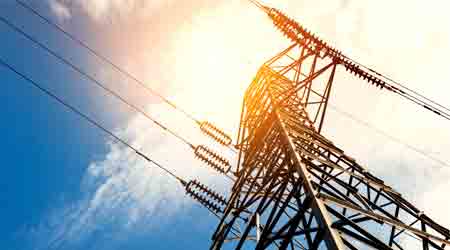How Internet of Things Is Automating Demand Response Programs
First of a 3-part article exploring impact of Internet of Things on how facilities communicate with electric utilities
Modern smart devices allow building systems to communicate and interact with each other, sometimes without much human intervention. This development — known as the Building Internet of Things (IoT) — is starting to have an impact on the way facilities communicate with electric utilities. In fact, the IoT is essential to automating demand response programs as the utilities industry tries to move closer to a national smart grid.
For years, savvy facility managers signed up when their local electric utilities offered demand response programs, which compensate customers who reduce electric use in response to requests from the utility during periods of high demand. Demand response programs allow utilities to meet high power demand spikes without building or buying alternative sources for that power. In return, utilities often reward facilities with lower electricity rates. More importantly, facility managers avoid peak electricity demand charges, which can be four or more times higher than regular charges.
Demand response programs are becoming a major resource base that utilities rely on to maintain electricity reliability on their individual grids.
Demand Response Benefits
For example, the Hudson Yards Redevelopment Project is a joint venture by the New York City Department of City Planning and Metropolitan Transportation Authority to encourage development on Manhattan’s far West Side along the Hudson River. The 60-square-block campus is tapping smart building systems, using analytics, a microgrid, and managing energy use in real time. And, because of that energy conservation approach across the full development, New York’s Consolidated Edison believes it will not need to add a new 40-megawatt power source.
Hudson Yard’s South Tower is designed to achieve LEED Gold. As part of its plan to be the Big Apple’s most energy efficient Class A office tower, South Tower will benefit from a DR program. The high-rise building also has an onsite cogeneration plant and the ability to transfer excess heat to surrounding buildings at Hudson Yards via a thermal microgrid.
Demand response can provide a revenue stream for facilities. Duke Energy cites Central Prison’s use of its 2,500-kilowatt backup generator. In return, Duke Energy pays the prison $3.25 per kilowatt (kW) each month for its contracted amount of curtailable demand. That sounds small, but across 12 months, those 2,500 kWs add up to $97,500, just for being available. A one-time participant benefit of $50 per kilowatt for demonstrated demand reduction during their first two curtailment events added another $139,065. Central Prison also receives $15,000 during each actual curtailment.
Related Topics:














